Silent but Violent: Watch Rhys Millen's All-Electric Run Up Pikes Peak

All-around fast driver and New Zealander Rhys Millen had roughly 20 miles of experience behind the wheel of his Latvian-made eO electric race car before Sunday’s race.
That apparently didn’t matter as he piloted the first electric car to an overall win at the 93rd running of the Pikes Peak International Hill Climb on Sunday.
Millen’s 9:07.222 final mark was a long ways from Sebastian Loeb’s incredible, insane and probably-never-coming-down 8:13.878, but it’s interesting to note that Millen’s qualifying time was some 30 seconds off of Loeb’s pace, and his electron-powered 1,368 horsepower car should only get faster toward the top.
Millen said during qualifying that there was “20 percent” in the car that he wasn’t using, and adjusting to the car’s pace would ultimately be the deciding factor on how quickly he could run up to the finish line at more than 14,000 feet.
Awful conditions at the top hampered this year’s race and underscored that the road to the top, which covers nearly 13 miles and more than 4,000 feet of elevation change, is a constantly changing racetrack.
It can’t be missed that this year’s Pikes Peak International Hill Climb was tragically marked by the death of 39-year-old motorcyclist Carl Sorensen during Thursday’s practice session.
Japanese veteran racer Nobuhiro “Monster” Tajima — who is 64 years old and infinitely cooler than most people his age — finished second in his Rimac E-Runner.
Electric cars taking the top two positions is significant for motorsports, better for the automotive industry and could signal an era that the Pikes Peak International Hill Climb is the new ‘Ring.

More by Aaron Cole
Latest Car Reviews
Read moreLatest Product Reviews
Read moreRecent Comments
- Doc423 It's a flat turn, not banked, which makes it more difficult to negotiate, especially if you're travelling a little too fast.
- Jeff “So, the majority of our products are either ICE vehicles or intended to utilize those multi-energy platforms that we have. This is a great opportunity for us, compared to our peers, having the multi-energy platforms for all of our products in development and having the agility to move between them,” she said. From what is stated about the next generation Charger it will be released as a 2 door EV and then as a 4 door with the Hurricane turbo straight 6. I assume both the 2 door and 4 door is on the same platform.
- Brendan Duddy soon we'll see lawyers advertising big payout$ after getting injured by a 'rogue' vehicle
- Zerofoo @VoGhost - The earth is in a 12,000 year long warming cycle. Before that most of North America was covered by a glacier 2 miles thick in some places. Where did that glacier go? Industrial CO2 emissions didn't cause the melt. Climate change frauds have done a masterful job correlating .04% of our atmosphere with a 12,000 year warming trend and then blaming human industrial activity for something that long predates those human activities. Human caused climate change is a lie.
- Probert They already have hybrids, but these won't ever be them as they are built on the modular E-GMP skateboard.



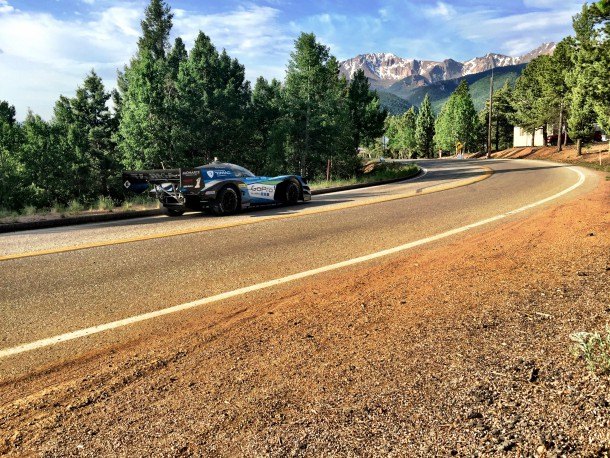















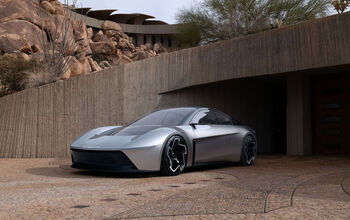




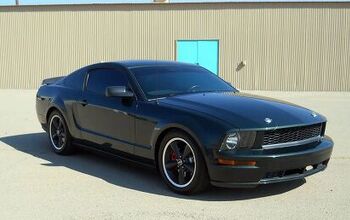
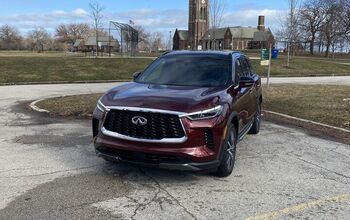
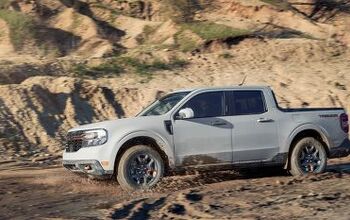


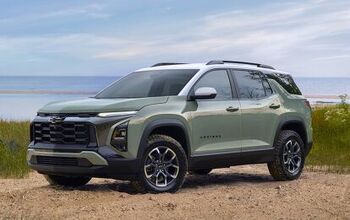

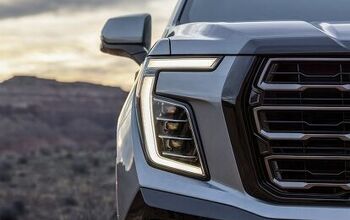
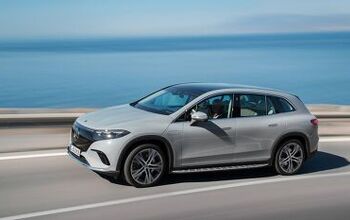
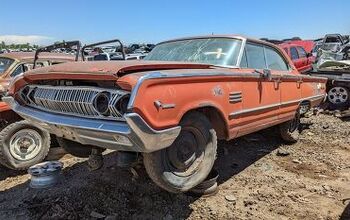
Comments
Join the conversation
Lost half the drive train when a motor pack quit halfway up and still got a record. That's extremely impressive.
This result is too cool. If I hadn't been pre-conditioned to the aural onslaught of racing, I'd probably be with my young Son, enjoying the Electric Formula races. Hard to teach an old dog, but Monster puts the boots to that old adage.